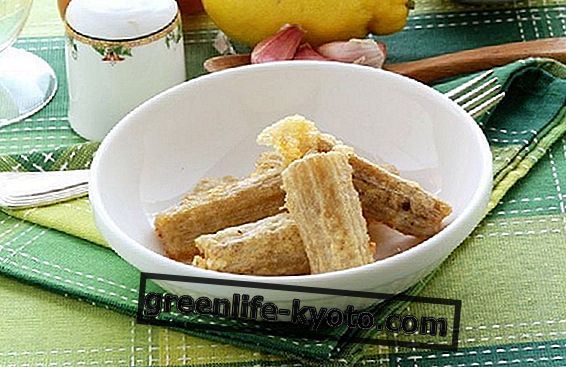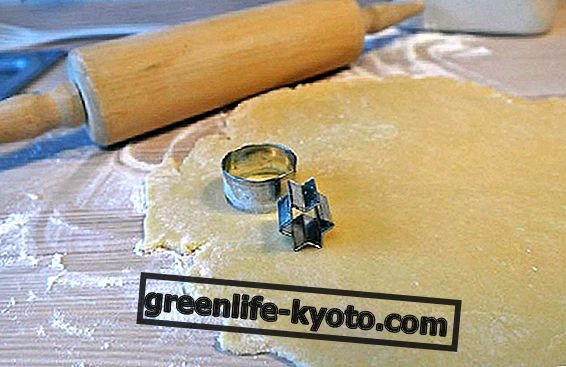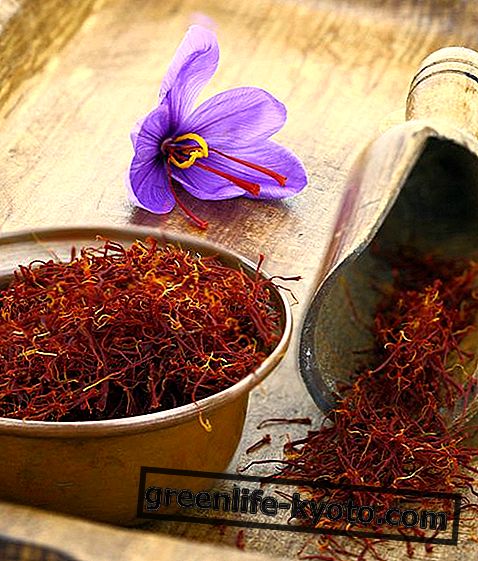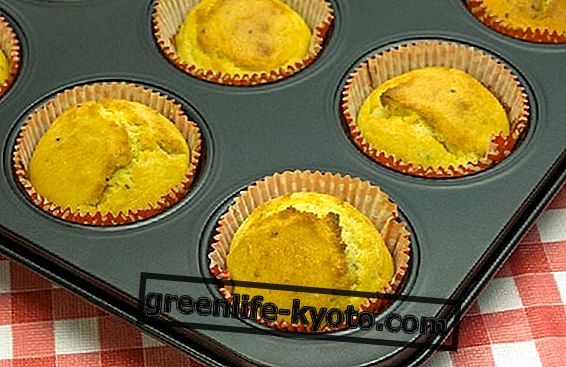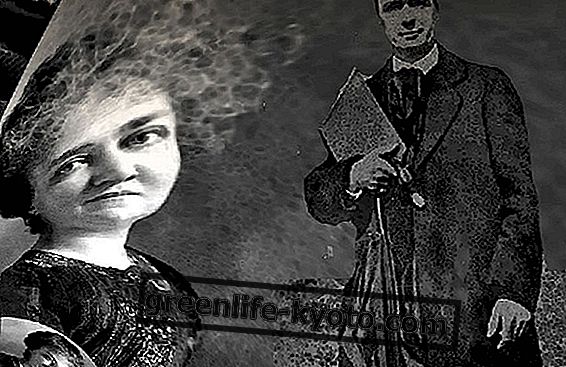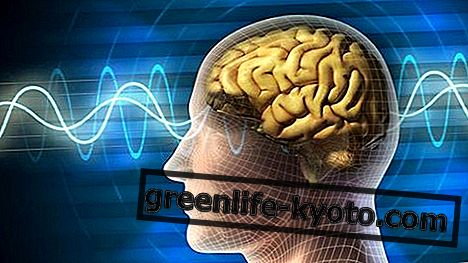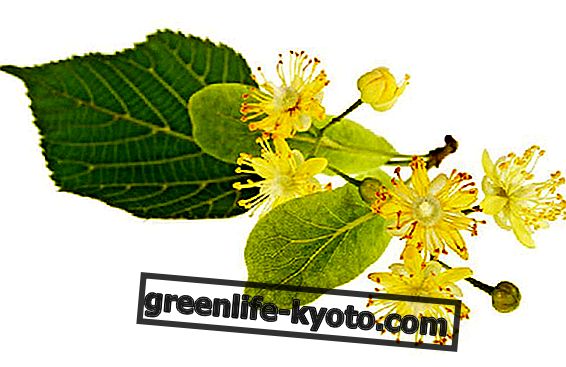
What does sugar have to do with cystitis ? It has a lot to do with, if the sugar in question is called mannose and if it is used for therapeutic purposes and not for preparing sweets.
Cystitis, it is known, is an infection "hard to die": often difficult to eradicate and even more often with a high frequency of recurrences, or episodes that are repeated even after having taken antibiotic treatments, perhaps very heavy. The good health of the intestine will be essential, to cure cystitis, but mannose will be essential to prevent the infection from recurring .
Mannose to treat cystitis: what is it?
Mannose, or rather D-mannose, is a simple sugar, like glucose, composed of a single molecule. Unlike glucose, however, once absorbed by our intestines, it passes into the bloodstream but does not enter into energy reactions.
In other words, it does not supply calories, it is eliminated “as is” by the kidneys : in the urinary tract, therefore, mannose reaches very high concentrations and its function to cure cystitis is expressed. Mannose actually interacts directly with the bacteria that colonize the urinary tract .
Mannose to treat cystitis: why?
D-mannose has a high affinity for the external lectins (or filaments) of many bacteria, in particular Escherichia coli, which is one of the main infectious agents in case of cystitis.
In order to give rise to cystitis, the bacteria must stick to the walls of the bladder cells, through their filaments (lectins).
If the bacteria are present but they do not stick, they will not cause infection and will be eliminated directly in the urine. The adhesive capacity of bacteria to D-mannose is higher than that towards bladder cells, therefore D-mannose will be able to detach even bacteria already anchored to the mucosa and also those penetrated in depth.
It has been shown that D-mannose also binds to the toxins that bacteria produce to reach the inner mucous layer in which they nest.
D-Mannose then attaches to lectins, preventing binding to the bladder cells. Once combined with D-mannose, the bacteria can no longer adhere to the bladder and are eliminated through urination.
Mannose to treat cystitis: how is it used?
D-mannose has negligible side effects, therefore it can also be taken - after consulting the treating physician - by people with diabetes, newborns, children, pregnant and lactating women.
The dosage instructions and the duration of the treatment will be defined by the doctor and must be adapted to the individual case based on his / her history, habits and course of symptoms.
There will be different therapies and doses in case of:
> acute phase : reduced doses but very frequent intakes (up to 6-7 per day);
> maintenance phase, prevention of cystitis: frequency reduced to 3 daily doses, which over time will be reduced to 2 daily doses.
Advice for effective intake of D-Mannose:
> on an empty stomach;
> in a hot drink or in any case about 150 ml of liquid (not more);
> with an empty bladder, or just after urinating.
